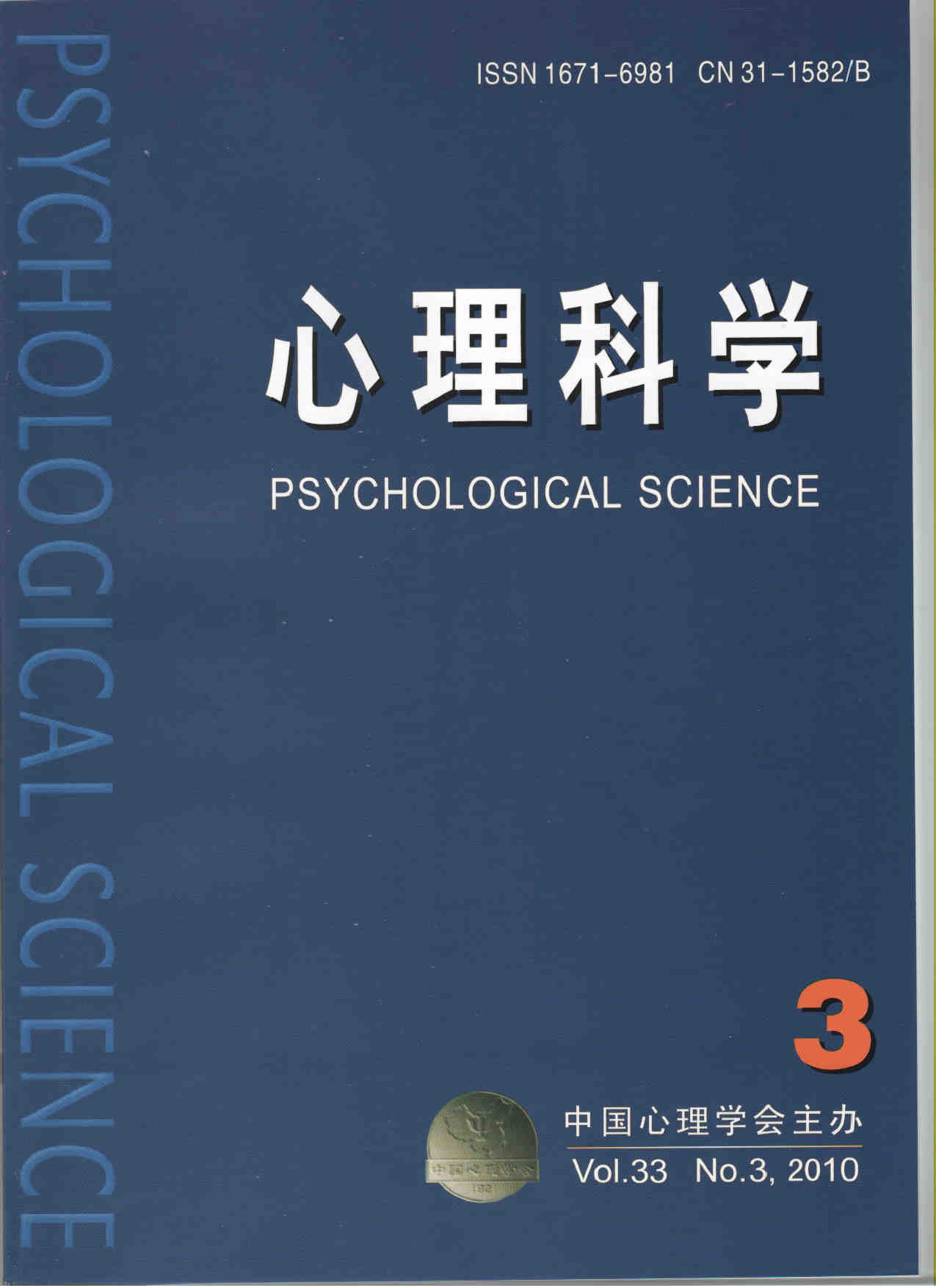In present study, endogenous and exogenous experimental paradigms were used to investigate the number distance effect in attended or unattended conditions when SOAs were different. The stimuli were small numbers (1~4) and large numbers (6~9) in Arabic. Subjects’ task was to decide whether the presented number was larger or smaller than 5. The results showed that: (1) in the endogenous cue, with SOAs increasing, the distance effects of large and small numbers were gradually increased. When SOA was 900ms, the distance effect of large or small numbers was most significant. (2) in the exogenous cue, when SOA was 300ms, the distance effect of large or small numbers was most significant. But with the increasing of SOAs, the distance effect of large and small numbers were gradually decreased.

